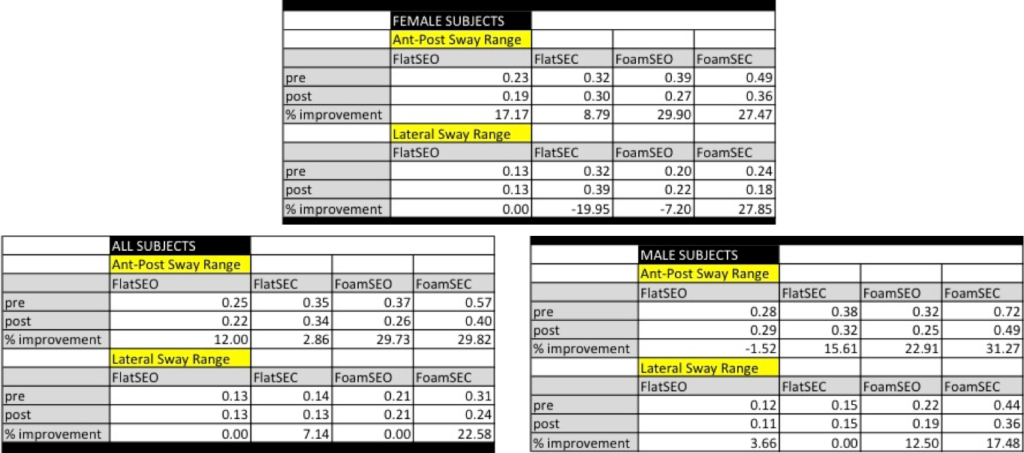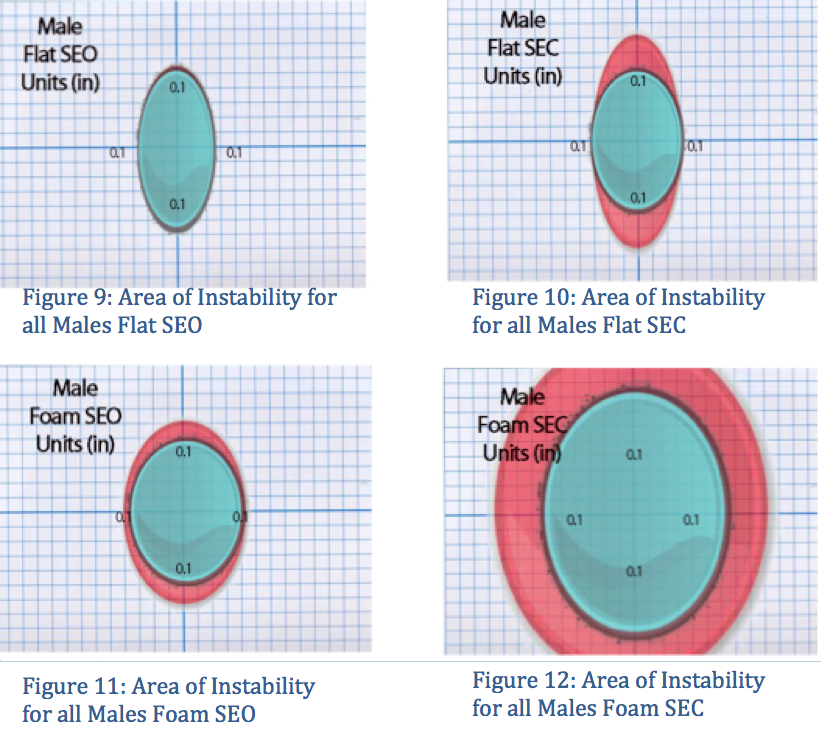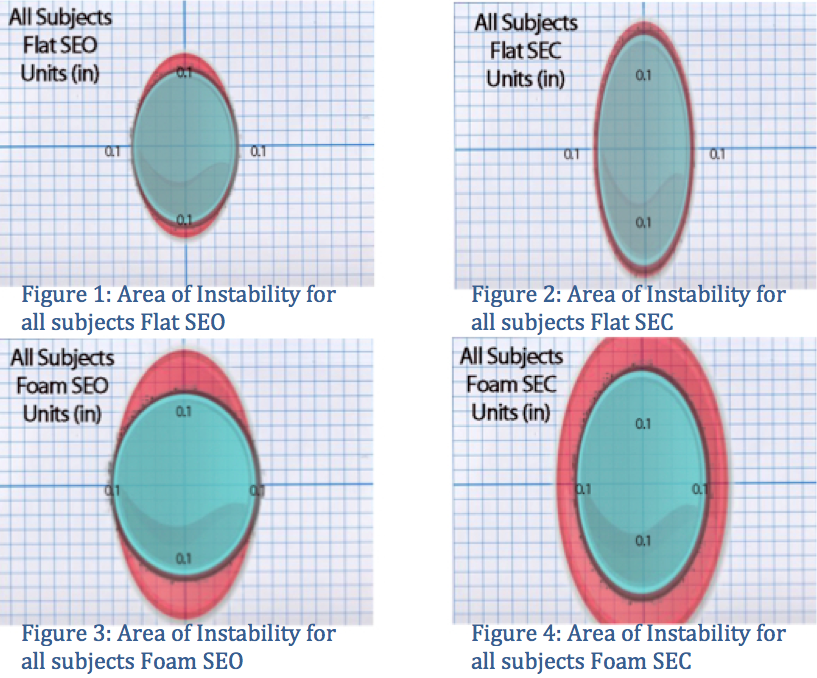What Is Functional Cranial Release?
Functional Cranial Release is the art and science of releasing deep connective tissue structures in the cranium called the “Dura Mater” along with Functional Chiropractic Neurology to balance the nervous system. Release of the Dura allows for improved vestibular, autonomic nervous system function, CSF (cerebral spinal fluid) flow and improved breathing through the nasal passages. FCR is the the most powerful structural correction possible which can restore health and wellness which can be used to treat conditions such as: Meniere’s Disease / Inner Ear Conditions / Tinnitus / Vestibular Disorders, TMJ, Headaches / Neck Pain, Movement Disorders / Tremor / Dystonia, Depression / Anxiety Disorders, Degenerative Neurological Disorders and Chronic Sinusitis / Nasal Breathing.
Functional Chiropractic Neurology
Using Functional Neurology along with Specific Endo-nasal balloon manipulation makes FCR unique among other endo nasal techniques. A detailed neurological exam along with functional eye testing is done to determine specific and unique aspects for each treatment done over a 4 consecutive day series (can be over 1-2 weeks). For a deeper dive into FCR see the book “It’s All In Your Head” available on Amazon.
“The Best Part About Our Work Is That Is Fixes Health Problems At The Source! Managing Symptoms Is Much Different Than Correcting The Problem. Correcting The Problem Is Finding The Source Of The Disturbance And Letting The Body Heal Itself. I Have Found That Most Of Our Problems Are Neurological (Brain). When Your Brain And Nervous System Is Healthy Then So Is Your Body. Your Only As Healthy As Your Brain!”
Dr. John Lieurance, D.C
IF YOU ARE A HEALTH CARE PROVIDER CLICK HERE FOR INFORMATION ON UPCOMING COURSES.

About Functional Cranial Release Research Institute
For The Last 3o Years, I Have Been Utilizing Cranial Therapy In My Clinic Since My First Introduction To The Use Of Endonasal Balloons And My Own Miracle. I Was On A CPAP Machine For My Sleep Apnea. I Was Diagnosed A Few Years Prior And Found It Difficult To Breathe Through My Nose Since An Injury To My Face/Nose In 1989. I Never Imagined That This Alteration In The Structure Of My Face Could Be Reversed Without Painful Surgery. It Was Literally Less Than A 5-Minute Procedure And My Breathing Was More Open Than I Can Ever Remember. This Wasn’t The Only Benefit I Felt, I Also Felt Calm And Centered, My Vision Was Sharper And I Started Sleeping More Soundly Than Before And My Chronic Neck Pain Was Disappeared! I Also Was Exposed To Dr. Westin Price’s Work And His Observations That Cranial Structure Changes Based On Environmental Influences. It Seems That We Are All Suffering From An Inward Collapse Of Our Skull Structure. See My Post On Westin Price For More About This.
After Learning About Cranial Structure At Depth My Mission Was To Learn As Much As I Could About The Science Behind This Art Of Cranial Adjusting As Well As All The Different Methods From Medical, Naturopathic, Osteopathic And Chiropractic Professions. I Found Many “So-Called Experts” Used Various Techniques They Felt Where The Only Way But Didn’t Find Any Instructors That Could Really Explain Why What They Did Was Working That I Could Buy Into. I Knew The Answer Would Only Be In Neurology. I Also Knew That If I Could Have A Deeper Understanding Of The Function Of Neurology I Could Have Better Clinical Outcomes. That Brought Me To My Current Pursuit Of A Fellowship In Neurology Through The Carrick Institute Of Neurological Sciences. The Focus Of Professor Carrick’s Curriculum Was Functional Neurology. Not Just Understanding The Brain And Nervous System But Understanding It In-Depth And Learning Tools That Can Create Immediate Changes That Many Neurologists Take As Permanent States Of Disease. It Was Here That Many Of My Questions Where Answered!
This Has Brought Me To Where I Am Now And I Continue To Explore Both Endo-Nasal Balloon Cranial Adjusting Along With Functional Neurology. I Started The Functional Cranial Release Research Institute In 2007. The Functional Cranial Release Research Institute (FCRRI), Is A Non-Profit Organization Who’s Central Purpose Is To Study The Neurologic Mechanisms Behind Specific Endo-Nasal Balloon Inflations And It’s Role In Brain Function. Also, To Conduct Clinical Research Studies To Investigate The Role Of Endo-Nasal Balloon Inflations And The Impact On Both Oxygen Absorption And Circulation Around The Brain And Spine Cord (CNS). The FCRRI Holds Courses Several Times A Year Which FCR To Medical And Chiropractic Physicians Internationally. Please See Doctors Training HERE. YOURS IN HEALTH, John Lieurance, D.C.
What Is Functional Cranial Release
Functional Cranial-Release is the art and science of restoring normal brain and nervous system function by using Functional Neurology along with Specific Endo-nasal balloon manipulation to do the following:
01
Restore the brains ability to oxygenate itself through both improving air flow into higher area’s through the nasal passage and also improve the normal pumping action inherent in all of use (cranial rhythm) that moves nutrients such as oxygen and neurotransmitters that bath the central nervous system keeping it healthy.
02
Utilize neurologic testing to determine the pathways and brain centers that are either firing to much or firing too little using the following; Use of the C.A.P.S. Balance Plate for brain function, Saccadometer which uses a laser to test eye motion which, can be important to make discovery as to the exact location and sidedness of the brain problem. Examination of your eye’s movements and reflex’s, your muscles or motor system, the autonomic nervous system, your circulation, your sensory system, the vestibular system (or) your ability to balance [many times using a computerized balance platform]. Through the specific use of various modalities such as one or more of the following; Very Specific Chiropractic Adjustments of the spine, extremities, and cranium, Soft Tissue or Massage, Eye Pattern & Eye Exercise’s, Canalith Repositioning (or) Eply’s, Vestibular Rehabilitative Modalities or VRT, and many others too numerous to list. The modalities used depend on the specific needs of the patient.
02
03
A series Cranial Release’s are performed where the connective tissues that surround your brain and spinal cord called the Dura Mater are specifically released using endonasal balloon inflations. This is done in combination with the above mentioned functional neurologic modalities to provide the therapeutic effect to balance and normalize brain function. This normalization results in healing. Functional Neurology and the future of physical medicine. Learn about the movie “Hope Restored”

Study On FCR And Brain Function
Introduction & Definition Of Functional Cranial Release:
Computer Dynamic Posturography (CDP) is commonly utilized to determine the effects of different sensory conditions on balance. This study utilizes the Bertec Balance Plate to examine the effects of endo-nasal balloon manipulations to the cranial bones has on the vestibular system.
Endo-nasal manipulations have been around since 1940’s. (5) Introduced by chiropractors and naturopaths for head pain (3) (5) ear and sinusitis care (6) (2) (8) (5). It has been taught in accredited chiropractic colleges as an elective coarse (10) (11)(12)(13) as well as many seminar settings over the years. It has not gained acceptance mainly due to the lack of research and uniform methods. Discomfort to patients can be increased with doctor methods and might cause practitioners to discontinue these treatments even in light of the benefit that some patients receive.
Definition: “The methods of improving the biomechanics of the cranium and improving air flow through the upper nasal chambers through the release of connective tissue restrictions in order to improve oxygenation and circulation of nutrients in and around the central nervous system with the use of latex finger cots through the nasal passage which utilize expansive pressures.”


Methods:
A series Cranial Release’s was performed where the connective tissues that surround the brain and spinal cord called the Dura Mater are specifically released using endonasal balloon inflations.
The patient is first prepared for the treatment using a vibrocussor and Pettibon Multiple Digital toggled MDT adjusting instrument using a proprietary method.
The patient was testing in a standing position using a slight force to determine the automatic correction of the patient when they are pushed into a certain direction in a certain area on the cranium and pelvis. The results are taken into account and this determines the both the position and the placement of the balloon into the nasal concha. The balloon is inflated until the pressure is slightly released and the balloon has passed through just into the throat. I did this over 4 consecutive days.
I conducted a comparative study to observe the relationship between the FCR treatment and improvement in brain function using the Bertec balance platform system. The patient was tested prior to starting any care and on the same day that care was performed and then post testing data was collected the day after the last treatment. The Spectrum of data consists of anterior-posterior sway range and lateral sway range gathered pre and post treatment from a randomized selection of patients who underwent treatment.
Patients Were Tested In Four Categories; Flat Surface (Eyes Open), Flat Surface (Eyes Closed), Foam Surface (Eyes Open), Foam Surface (Eyes Closed). Within Each Category The Anterior-Posterior Sway Range And Lateral Sway Range Was Recorded In Inches Of Movement. The Area Of Movement Recorded Was The Range Of Balance For Each Patient. Depending On The Areas Of Instability, FCR Was Then Performed To Encourage Improved Brain Function In The Vestibular, Cerebellum And Frontal Lobes Systems. The Gathered Data (Pre And Post) Was Arranged As A Total Of All Subjects And Also Divided By Gender To Show Other Possible Relationships. The Mean Of The Total Data Was Used To Provide A Visual Description Of Improvement And Charted For Reference. The Mean Anterior-Posterior And Lateral Sway Was Used For Each Test (Flat SEO, Flat SEC, Foam SEO, Foam SEC) To Formulate The Area On Axis Per Total And By Gender. The Bar Graph Representations Are Literal Interpretations Of The Data While The Area On Axis Was Used To Portray Balance Results As Shown Via The Bertec Balance System. From The Mean Ranges, The Percent Improvement Per Group Was Calculated And Represented In The Tables Below.
Results:
Overall there were significant differences between pre and post examinations. The most dramatic findings were with the Flat Surface Eyes Closed (Flat SEC) and Foam Surface Eyes Closed (Foam SEC) as seen in Table 1. For all subjects there were up to 29% improvement in brain balance compensation while eyes were closed and up to 12% improvement in brain balance compensation while eyes were open.

There appeared to be a stronger relationship between the FCR and Balance exam with the male subjects by a slight margin. The lateral sway range was one variable that had only minor differences pre and post. All results for this were at or near zero percent improvement while anterior-posterior sway range saw larger results.
Subjects had smaller margins of change between pre and post while tested in the balance exam with eyes open. This was true for flat and foam surfaces. When the subjects closed their eyes the difference was drastic. Specifically when discussing the Foam SEC for anterior-posterior sway. Percent improvement proved to be at 29.82% for all patients (27.47% improvement for females and 31.27% improvement for males). Percent lateral sway improvement occurred highest also for Foam SEC with all subjects averaging 22.58% improvement (27.85% improvement for females and 17.48% improvement for males). The area of instability represents the lateral and anterior-posterior sway together. Here the red represents the pre examination for instability and blue is post treatment. Foam SEC for all subjects is represented in figure 4.
We see here that post treatment the area of the sway is less than pre treatment. In figure 8 and figure 12 we see the differences in gender. Where the female subjects found most gains with anter-posterior sway it appeared that male subjects made gains in both lateral and anter-posterior.
Discussion:
With sway variability as the measure of postural stability, there was greater age decline in the medio-lateral direction than in the antero-posterior direction (see Teasdale, Stelmach, & Breunig, 1991, for a similar finding) The first point to note is that despite instructions to give equal emphasis to the cognitive and postural control tasks (`remember as many of the instructions as you can and stand as still as possible’), cognitive activity affected postural stability whereas the reverse was not the case, i.e. postural position had no eåect on cognitive performance. This would appear to contradict a `posture ®rst’ principle (e.g. Shumway-Cook et al., 1997) such that where there is competition between tasks, postural control has priority and is therefore maintained at the expense of other tasks.



However, it is clear that postural position can be shown to aåect cognitive performance if more sensitive cognitive tasks and indices are employed (e.g. probe RT in LaJoie et al., 1996b; random digit generation in Maylor & Wing, 1996), or if the postural control task is difficult (e.g. Tandem Romberg position in Kerr et al., 1985).
Discussion:
There was significant improvement in Pre and Post Balance Platform results. Percent improvement proved to be at 29.82% for all patients (27.47% improvement for females and 31.27% improvement for males). Percent lateral sway improvement occurred highest also for Foam SEC with all subjects averaging 22.58% improvement (27.85% improvement for females and 17.48% improvement for males).
The idea that FCR helps restore the brains ability to oxygenate itself through both improving air flow through the nasal passage and into higher area’s through the nasal passage. Since a significant amount of nitric oxide is produced in the mucosal it is inhaled and supports oxygen absorption into the lungs and on a cellular level. (++) Slight cranial movement called cranial rhythm is a normal pumping action inherent of the skull bones. It is believed to assist in the distribution of nutrients such as oxygen and neurotransmitters that bath the central nervous system maintaining proper fuel delivery to the neurons of the brain. The result is improved cerebellar function and vestibular output. It can be postulated that when the area’s of the brain responsible for core stability may have improved resting membrane potential and increased frequency of firing of the neuronal pools. FCR and endo-nasal balloon manipulations are currently not understood well due to the lack of research into the subject. The results in the study suggest that these methods have a positive effect on brain function and balance. It would be beneficial to do a larger population and examine other aspects of brain function that FCR is effecting
John Lieurance, DC, ND
Dr. John Performing Functional Cranial Release For Top MMA Athletes


Ready To Begin Your New Life?
Address
- Address: 1014 North East Avenue, Sarasota, Florida, 34237, United States
